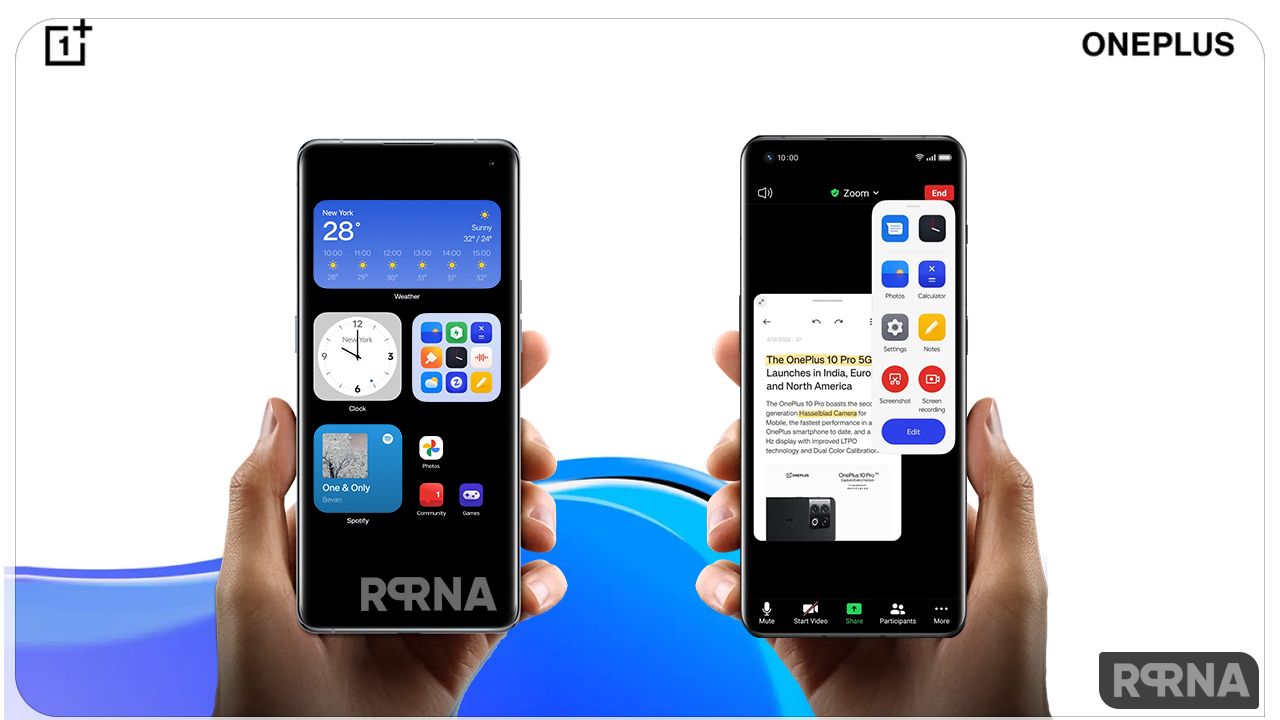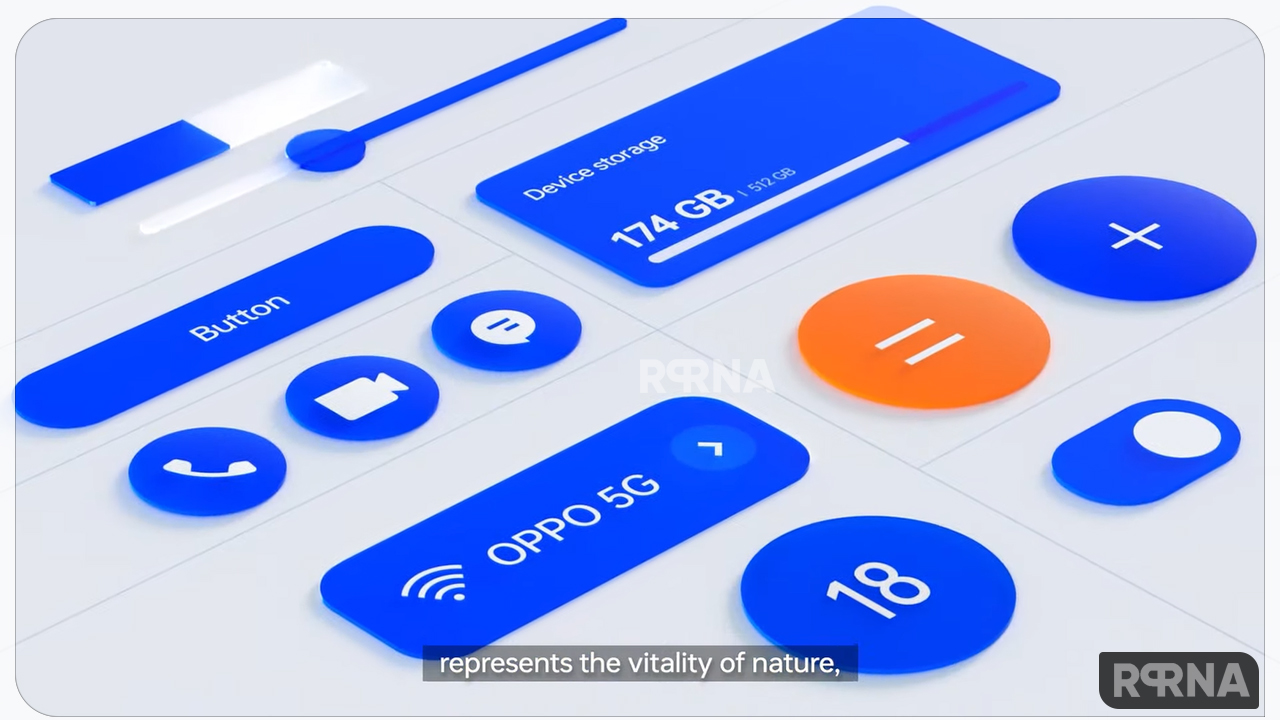OxygenOS 13 continues to use ColorOS as its foundation, although OnePlus says it will roll back some of the changes introduced in ColorOS 13. There are many ColorOS features in the new software, many of which you may or may not like depending on your taste.
In my opinion, Oppo’s ColorOS has evolved significantly over the years and is one of the best Android skins on the market. So the fact is that OnePlus’ OxygenOS is actually just ColorOS now with a different name.
“JOIN ONEPLUS ON TELEGRAM”
Another fact is that – What actually OnePlus promised it’s not the “familiar OxygenOS experience”. And this is litter bit disappointing that it’s not the clean and lightweight UI with the major changes OnePlus fans were hoping for.

The integration of these two Chinese tech giants ColorOS and OxygenOS is still a work in progress, and we’ll probably never get back to the OxygenOS experience that brought OnePlus into the mainstream.
We cannot say the changes that both the company have made in their OS is insufficient but they are quite identical with two different names. Of course, this version of OxygenOS 13 isn’t the final build, and there’s plenty of room for improvements and tweaks to differentiate the software from Oppo’s ColorOS before OnePlus debuts it.
Meanwhile, if have a OnePlus 10 Pro smartphone in your hand so you should try the Android 13-based OxygenOS 13 now by sideloading the update. Visit the OxygenOS 13 download page to check the official changes and get links to download the update for your device. It goes without saying that this beta version may introduce some bugs and some third-party apps may not work.

OxygenOS 13 Quick Look
OxygenOS 13 gives you a bold new visual design. Every visual element, every step is simpler, faster, smoother, and more intuitive. The latest version is inspired by nature – an Aquamorphic design provides a simple and clean visual interface. Dive into a more immersive and relaxing environment with a design language based on the unique properties of water.
The latest version of OxygenOS drives next-generation core stability and increased reliability. And the system-level performance is ultra-smooth with Hyperboost and AI System Booster, allowing smoother apps to be launched while boosting mobile games.












